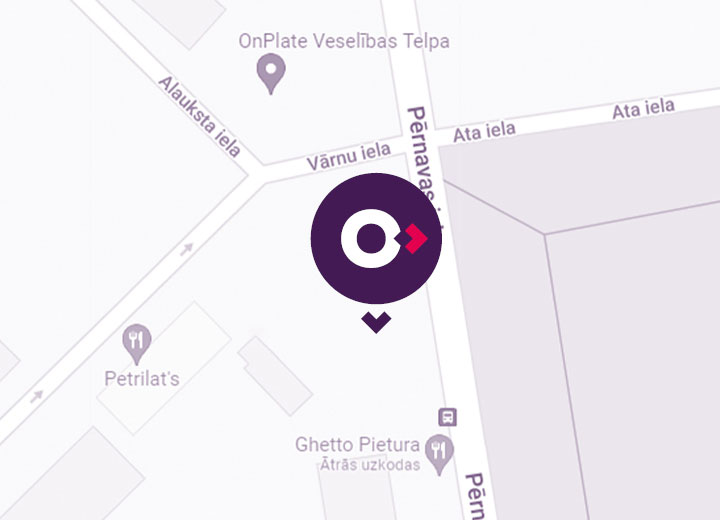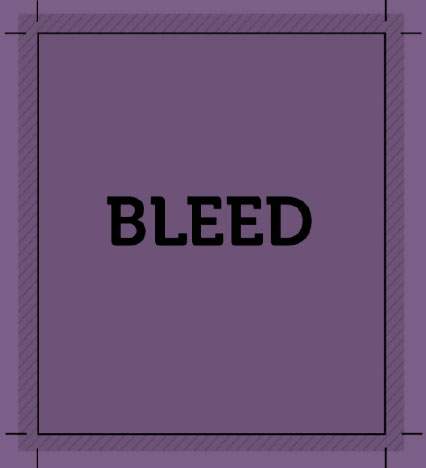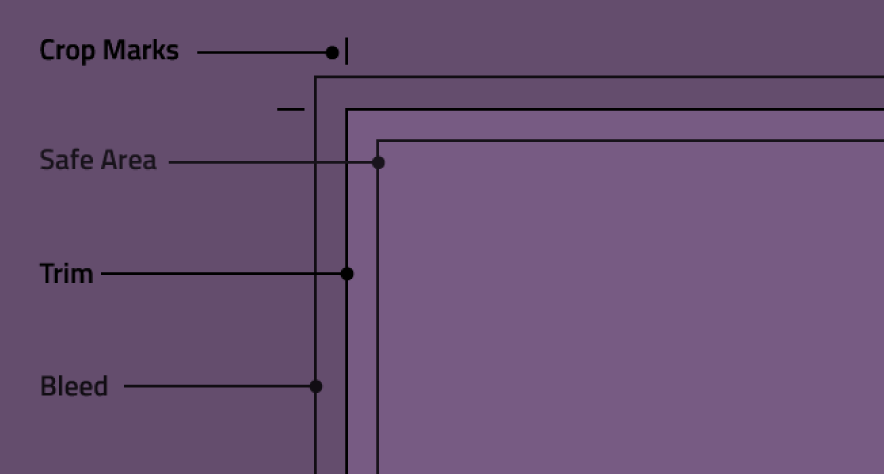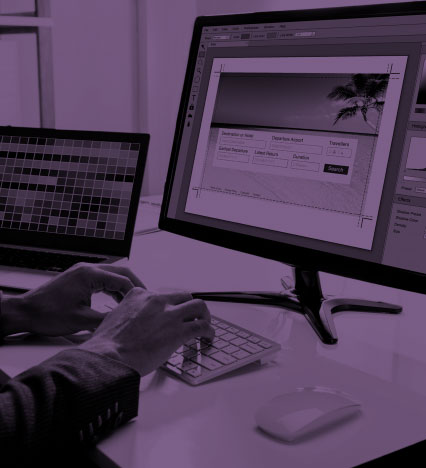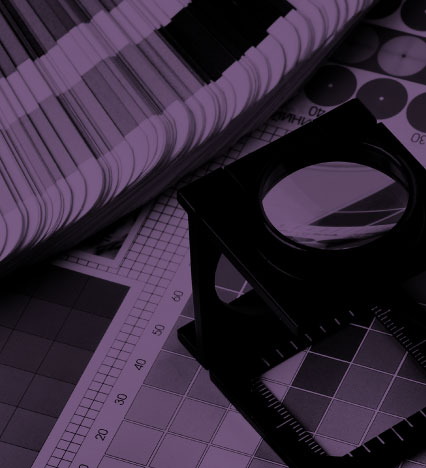

layout
- Let’s design your for your company guidelines a precise technical layout that meets both for printed products, as well as various digital solutions.
- Prompt and professional technical layout, following your company’s corporate guidelines.
- We’ll create a layout for you for any marketing material, from business cards to web banners to catalogues.
layout

what is layout?
The pioneer of layout design is Paul Brainerd, who in 1985 released the first computer program for this purpose – Aldus Pagemaker for Macintosh computers. Today, there are various sophisticated programmes for this purpose, allowing layouts to be created not only by professionals but also by enthusiasts. It has never been so easy to get to a simple layout without prior knowledge. Of course, professionally designed layouts are on a completely different level and you need to have an in-depth knowledge of every detail.
The layout process itself is the use of computer software to combine different elements (text, images, graphics, illustrations, graphic design elements, etc.) to produce a high-quality document that can then be printed or published online. The main goal of layout design is to produce easy to understand material, whatever it is – business card, brochure, billboard, web banner, presentation, email, etc.
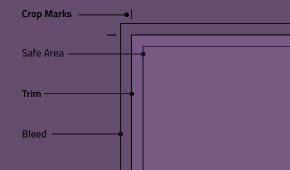
work and print files
The layout is initially developed and saved as a work file, independent of the software. It can always be amended or completely redesigned if necessary. Each element of the layout can be easily adjusted individually and, if the file is designed correctly, it is very quick to make minor corrections. Professional layout designers can do the job very quickly, efficiently and accurately.
Print files are not to be corrected. They are simplified, prepared and optimised for printing to eliminate the various technical problems that can subsequently appear in the printed product. Technically, it is possible to correct them, but the options are very limited, it takes much longer and can lead to many different inaccuracies.

Adobe InDesign, Illustrator, Photoshop
Each of these 3 programmes has its own core function, advantages and disadvantages. However, there are often situations where programmes are used for things they were not intended for. This leads to a situation where working with layout files is very inefficient and time-consuming.
Adobe InDesign – layout software. It has a wealth of options for very precise layout and formatting. Ideal for products with lots of pages or information.
Adobe Illustrator – vector graphics development software. Suitable for creating precise files and illustrations that are constant at any resolution – logos, outlines.
Adobe Photoshop – a full-featured image processing software. It allows you to make any kind of adjustment, from slight blending to detailed photo manipulation.

the most popular errors in layouts
There are many details to know in layout that are easy to miss. Every day, the layouts submitted by clients tend to be miracles:
- the quality of the images is poor and grainy
- black, other than rich black, consists of all 4 basic colours
- the layout to be printed is prepared in RGB
- the layout for full-colour printing is prepared in pantoons
- bleed and crop marks are not applied to the print file
- graphic elements and logos are in raster rather than vectors
- the size or proportions of the model do not correspond to what is required
- the text in the layout submitted is an outline which cannot be edited
In most cases it is possible to make corrections to these files and prepare them correctly, but this is time-consuming and the result is rarely perfect. Changing colour profiles makes images not look as expected, adjusting text causes text to shift or fade, graphic elements to be grainy or have white edges, and various other problems and imperfections.
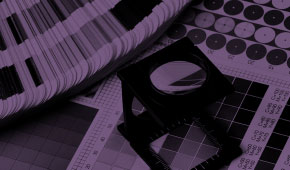
tips for layout design
There are no uniform guidelines on how to design and adjust the layout. Every company and layout designer works slightly differently, but there are a few stopping points that make layout efficient and fast. Taking these things into account reduces layout time and, as a result, costs:
- Content is the most important thing. Before you design a layout, you need to see all the content elements that you intend to include in the layout. Based on the content, it is possible to design the appropriate layout as accurately and quickly as possible. Of course, you can change the content information and images, but as the overall size remains the same, these corrections will be made quickly.
- It is very important to bring them together in one place when planning revisions. It is much quicker (and cheaper) to make corrections if they are in one long list, rather than individually. It’s easier to get started and finish faster if the necessary adjustments are in one place, rather than scattered like so many small fixes.
- The client makes corrections to the preview file himself or does not specifically specify the things that need to be corrected. There are sometimes situations where a small correction is needed, but the client, while wishing you well, hasn’t said exactly what needs to be fixed. As a result, a lot of time is spent going through the whole layout and comparing it with the previous version in order to find and correctly implement these small corrections.
customer feedback
contact us before your visit
Weekdays from 8.00 to 17.00
Address: 42 Pernavas Street, Riga, LV-1009, Latvia (easy access to the parking lot from 22 Vārnu Street)
Phone +371 67 278 992,
+371 20 159 890
E-mail: enivo@enivo.eu
Weekdays from 8.00 to 17.00
Address: 42 Pernavas Street, Riga, LV-1009, Latvia
(easy access to the parking lot from 22 Vārnu Street)
Phone +371 67 278 992, +371 20 159 890
E-mail: enivo@enivo.eu
contact us
